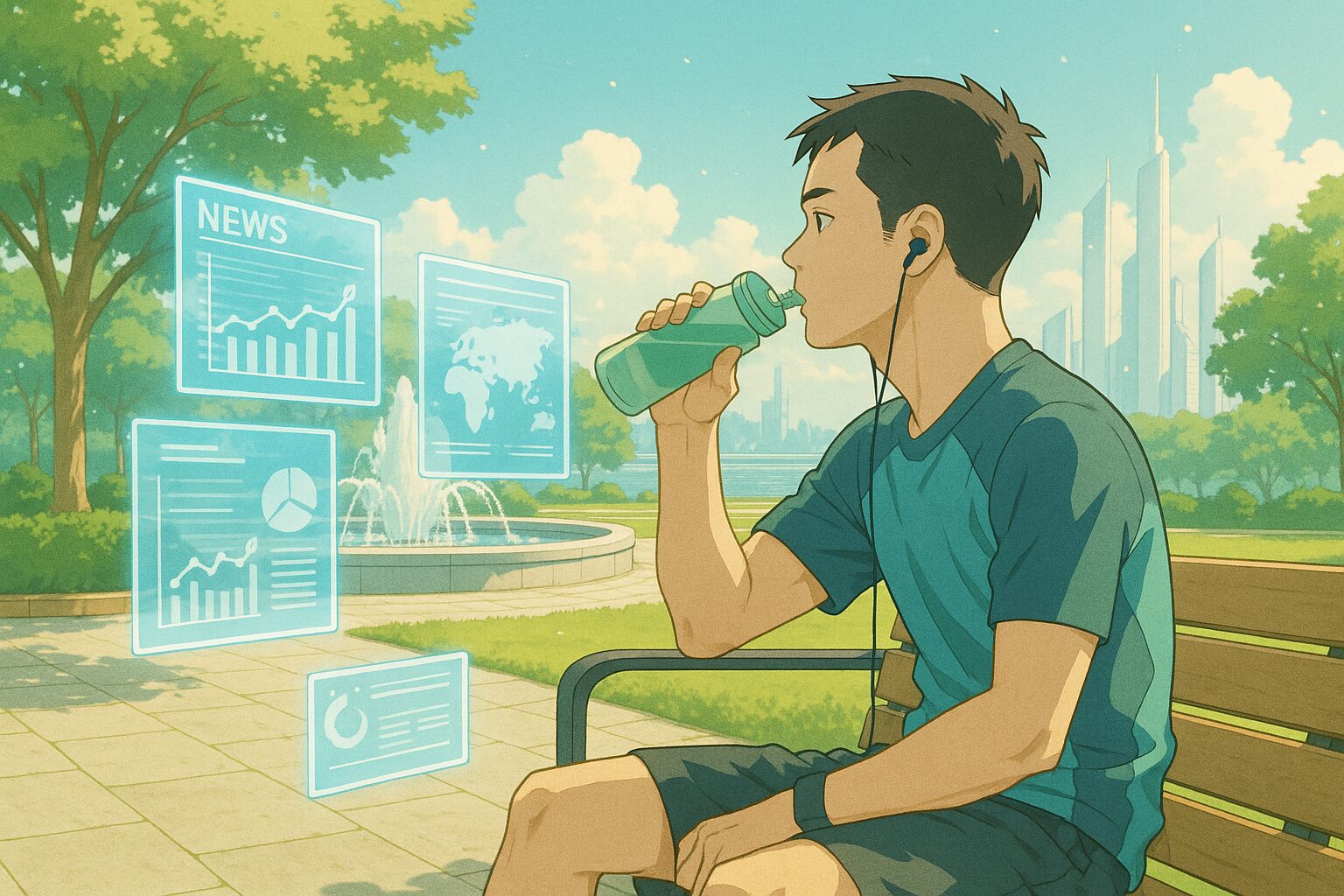How Will Human-Carrying Drones Change Our Lives?
Students from Srinivas Institute of Technology have successfully developed a drone capable of carrying humans. Their prototype has the potential to assist in future medical emergencies and disaster responses. What kind of future awaits us if this technology becomes integrated into our daily lives?
1. Today’s News
Summary:
- Students at Srinivas Institute of Technology in Mangaluru have developed a drone capable of carrying humans.
- This prototype is believed to assist in emergency medical situations and disaster responses.
- The drone aims to improve safety and efficiency, with future adoption expected.
2. Considering the Background
With advancements in technological innovation, drones are rapidly evolving into diverse applications. Particularly in the field of lifesaving and logistics, rapid and flexible responses are required, drawing attention to the use of drones. How will this technology impact our daily lives? Expectations are growing for future developments.
3. What Will the Future Look Like?
Hypothesis 1 (Neutral): A Future Where Drones Are Common
Moving by drone will become common, significantly changing urban landscapes. Traditional modes of transportation will decline, and drones flying in the sky will be a part of daily life. As a result, new standards for air traffic management and safety will be established, possibly altering our values regarding transportation.
Hypothesis 2 (Optimistic): A Future with Significant Drone Technology Advancements
Drone technology will evolve further and responses to emergencies will become quicker and more effective. The transportation of medical supplies and access to disaster-stricken areas will become easier, increasing the chances to save lives. A society prioritizing the safety and health of its people may emerge, ushering in an era where the benefits of technology are felt.
Hypothesis 3 (Pessimistic): A Future Where Traditional Modes of Transportation Are Lost
As drones become more widespread, traditional modes of transport and infrastructure may be reconsidered, raising concerns about unemployment and impacts on local economies. With a decrease in ground transportation, connections between regions may weaken, potentially reducing social interactions. The question will be how to overcome the societal challenges that come with technological advancements.
4. Tips on What We Can Do
Thought Process Tips
- Imagine how our lives will change in a society where drones are prevalent.
- Consider both the benefits and challenges brought by technological evolution and maintain a flexible approach.
Small Practical Tips
- Increase your knowledge about drones and think about how they can be used in daily life.
- Share the potential uses of drones in your community and promote discussions within the community.
5. What Would You Do?
- Would you like to try a new mode of transportation using drones?
- How will you face what is lost due to technological advances?
- Can you think of ways to contribute to society using drone technology?
What kind of future have you envisioned? We would love to hear from you through social media quotes or comments.









